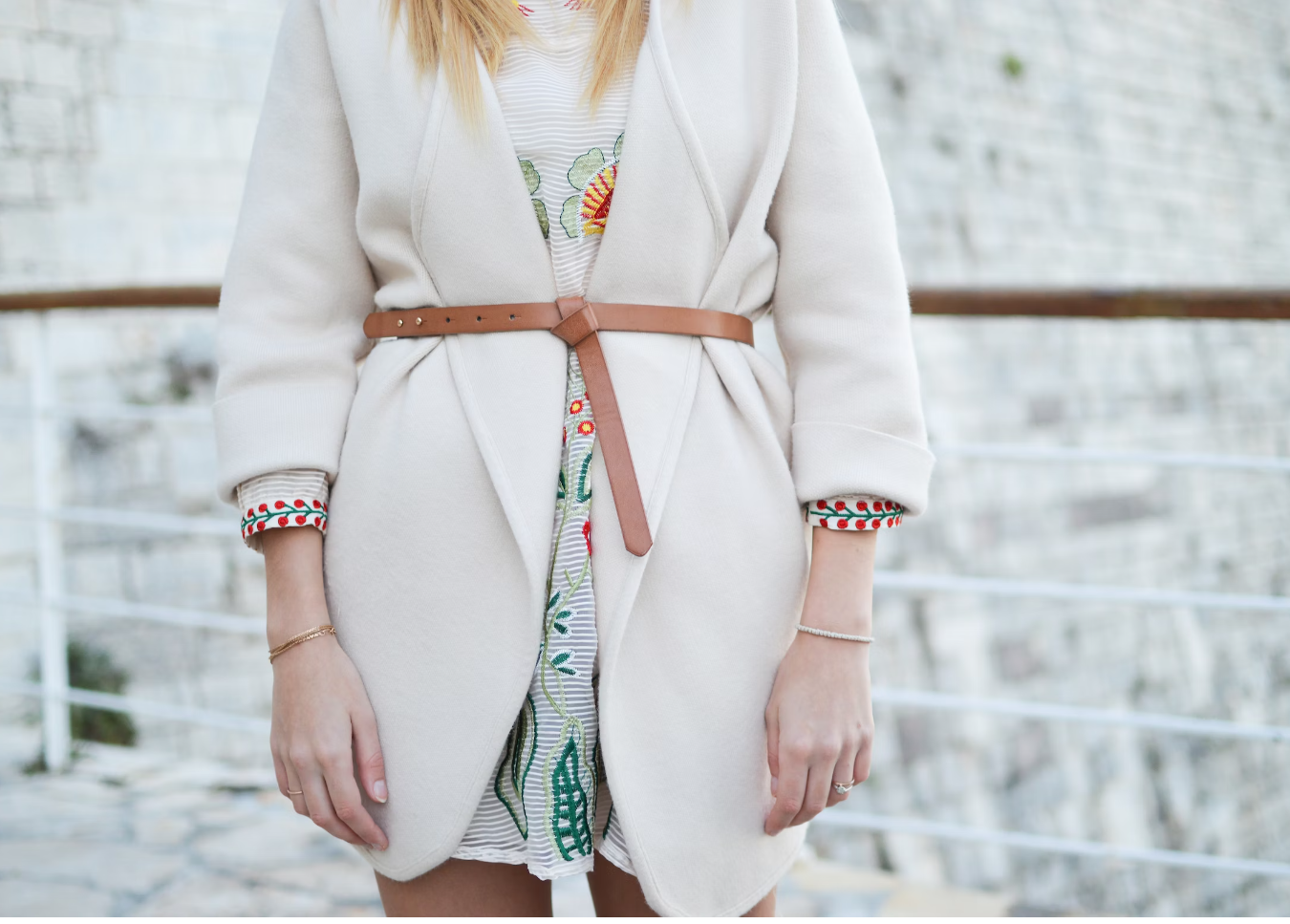In the tapestry of the global economy, fashion logistics weaves a critical thread, estimated at $129.96 billion in 2023. This staggering figure is a testament to the pivotal role logistics plays in fashion—an industry that is as much about artistry as it is about precision and timing. Fashion logistics ensures that the vision of designers reaches the marketplace efficiently and effectively.
In this article, we will unravel the complexities of this dynamic field and explain what goes into fashion industry logistics, as well as discover just how technology and innovation serve as the backbone for the ever-evolving fashion sector.
The Role of Technology and Innovation
Technology has revolutionized the fashion industry logistics with the advent of apparel software. By streamlining the lifecycle of fashion products from design to delivery, advanced apparel software allows brands to integrate their products, inventory, and multi-channel sales in one centralized place. With a click, designers and managers can track the progression of a garment, adjust to changes in demand, and manage inventory levels.
Real-time data analytics provide insights into consumer behavior, aiding in the prediction of future trends and stock requirements. Moreover, apparel software integrates various aspects of supply chain management, ensuring that every stakeholder from the designer to the retailer is on the same page, reducing errors, and increasing efficiency.
Design and Production Planning
The beating heart of fashion logistics lies in the meticulous phase of design and production planning. It is here that every thread is carefully spun: forecasting hinges on an acute awareness of burgeoning trends and the pulse of the market. Fashion houses must deftly align with their supply chain counterparts to secure the necessary raw materials and meticulously orchestrate their timelines for design, sample approval, and mass production. The stakes in this phase are high, as any deviation from the plan can lead to costly errors such as overproduction or a failure to meet high demand for popular items.
Delving deeper, production planning is not just about being reactive; it’s increasingly about being proactive and predictive. In a world where consumer trends can shift overnight, the ability to rapidly adapt production schedules and quantities is invaluable. This flexibility can reduce waste, prevent stockouts, and ensure that a brand’s offering remains current and in demand.
Sourcing and Manufacturing
The core of sourcing and manufacturing is where the concept becomes physical. It is a stage filled with complexities, as brands navigate the vast global network of suppliers and manufacturers. The decisions made here are pivotal—brands must meticulously select partners that can meet their production needs while also upholding ethical standards and sustainability commitments.
The spectrum of quality control and compliance is broad, encompassing not just the integrity of the product but also the conditions under which it was produced. In this phase, the convergence of ethics, sustainability, and logistics becomes particularly pronounced. Brands are increasingly held accountable for their supply chain’s environmental impact and labor practices, choosing manufacturing partners as a business decision.
Inventory Management
After production, the spotlight turns to the art and science of inventory management. It is a stage that demands precision and strategic acumen. Beyond just calculating square footage, warehousing involves smart stock management and retrieval, demand forecasting with predictive analytics, and the flexibility to deliver the right product, at the right time, to the right location.
The complexity of inventory management is magnified by the diversity and velocity of fashion items. Seasonality, trend variability, and the sheer range of sizes and colors mean that inventory systems must be robust and responsive. Efficient inventory management is critical for maintaining the balance between availability and overstock, ensuring that while consumer demand is met, the financial burden of unsold stock is minimized.
Transportation and Distribution
The movement of fashion goods is a symphony of coordination, requiring careful decisions about transportation modes. The choice between air, sea, or land freight impacts cost, timing, and carbon footprint. Then there’s packaging, which has to protect the goods while minimizing waste. In addition, consider the complexities of navigating customs and trade regulations, which vary widely across borders and can significantly affect the flow of goods.
E-Commerce and Retail Distribution
In today’s fashion logistics, the lines between online and offline distribution are increasingly blurred. The logistics of e-commerce require a seamless integration of digital and physical sales channels to meet consumer expectations for rapid delivery. Order fulfillment must be quick, efficient, and accurate, whether it’s shipping from a central warehouse, a store, or even directly from the supplier. And when things don’t go as planned, a capable reverse logistics system for handling returns becomes indispensable.

Conclusion
Fashion logistics is an intricate and dynamic field that adapts to the ever-changing landscape of consumer desires and industry innovations. It’s a combination of precise timing, technological integration, and strategic foresight. As the industry evolves, staying current on trends and leveraging technology to streamline processes will be critical for those who wish to remain competitive in the bustling world of fashion. The wheels of fashion logistics never stop turning, and for those passionate about delivering the next trend, it’s an exciting world to be a part of.


In the midst of today’s busy academic and life pressures, an increasing number of students are turning to assignment ghostwriting http://www.pnstudy.com/ agencies for assistance. However, finding a suitable writer is crucial as it determines the quality of the paper and academic reputation. With over 400 experienced writers covering 70+ subjects under the Meeloun umbrella, we believe that you can surely find the right writer for your needs here.
LikeLike
Your article beautifully captures the essence of the book. The way you’ve dissected the themes and highlighted the intricate details within the narrative is truly commendable. I especially appreciated your exploration of [specific aspect mentioned in the article], as it shed light on a perspective I hadn’t considered before.
https://ebooksshelf.org/
LikeLike